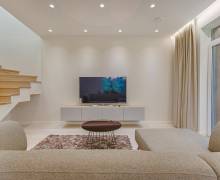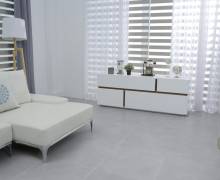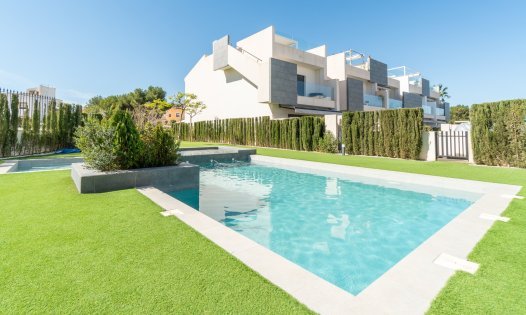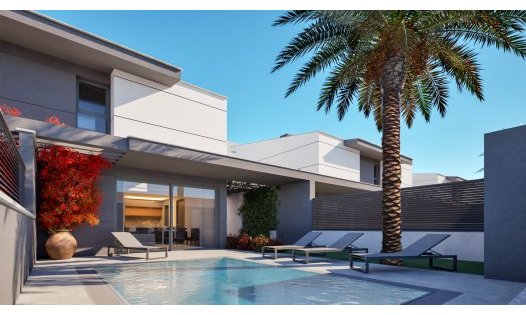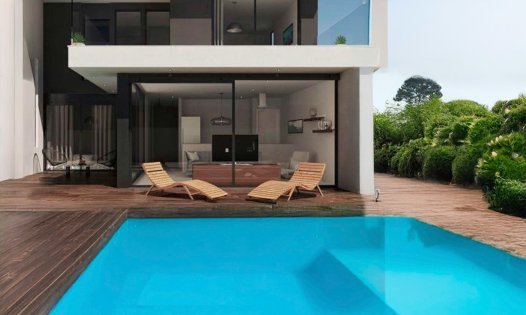Interior decoration: the minimalist style

Minimalist decor style has gained popularity in recent years, becoming an influential trend in interior design. Inspired by the minimalist art movement that emerged in the 1960s, this decorative approach is characterized by its simplicity, functionality, and emphasis on quality over quantity. But what does it really mean to decorate in a minimalist style, and how can it be achieved at home? Below, we will explore the key principles of this style and its benefits.
Simplicity and functionality
Minimalism focuses on the following idea: "less is more." Specifically, spaces are designed to be practical and functional, eliminating any element that does not serve a clear purpose. This does not mean living with the bare minimum, but rather opting for a careful selection of furniture and objects that add real value to the space.
Neutral colors
The tones used in minimalist decor are usually neutral, such as white, gray, beige, or black. These colors create a serene and harmonious environment, enhancing the feeling of spaciousness and calm. Additionally, the color palette is kept limited to avoid distractions and create a cohesive atmosphere.
Clean lines and geometric shapes
Minimalist furniture and decorative objects are characterized by their clean lines and simple shapes. There is no room for unnecessary ornaments or excessive details. Ultimately, the focus is on the purity of forms, which contributes to an orderly and uncluttered environment.
Clear spaces
In a minimalist home, every object has its place and purpose. Organization is essential, and surfaces are kept clear and free from clutter. This not only improves the aesthetics of the space but also promotes a sense of well-being and mental clarity.
How to implement the minimalist style?
To incorporate the minimalist style into home decor, it is important to start with a deep cleaning, removing unnecessary items and keeping only those that are truly used or have significant emotional value. Additionally, furniture should be carefully selected, prioritizing quality over quantity. A well-designed sofa, a functional dining table, and a few carefully chosen decorative pieces can completely transform a space.
